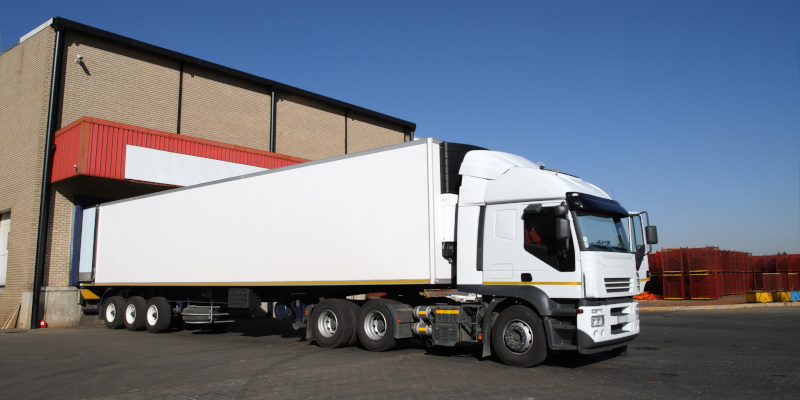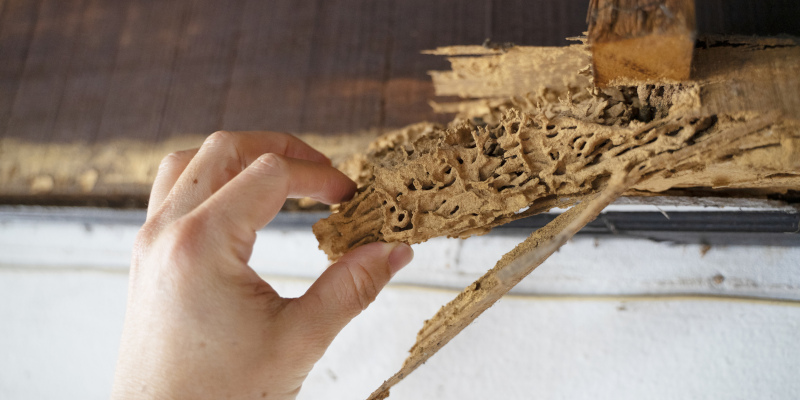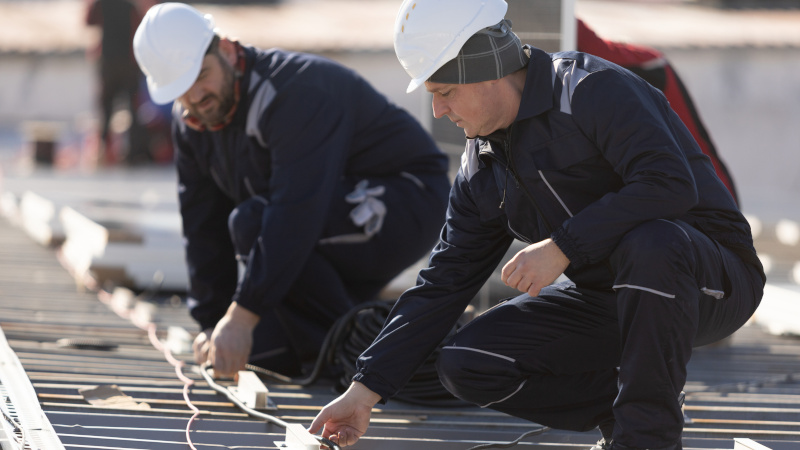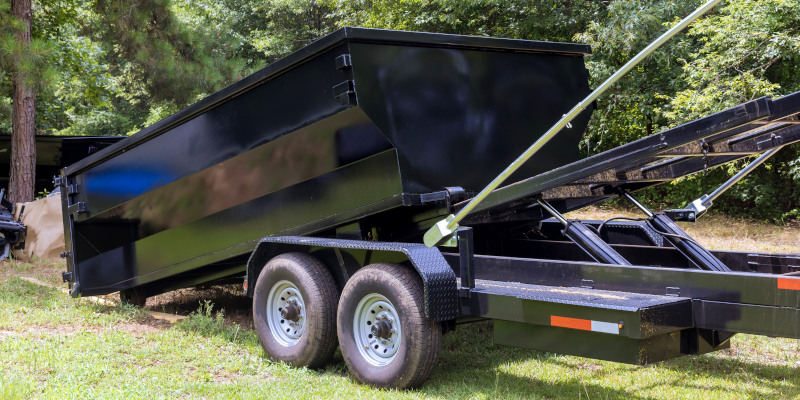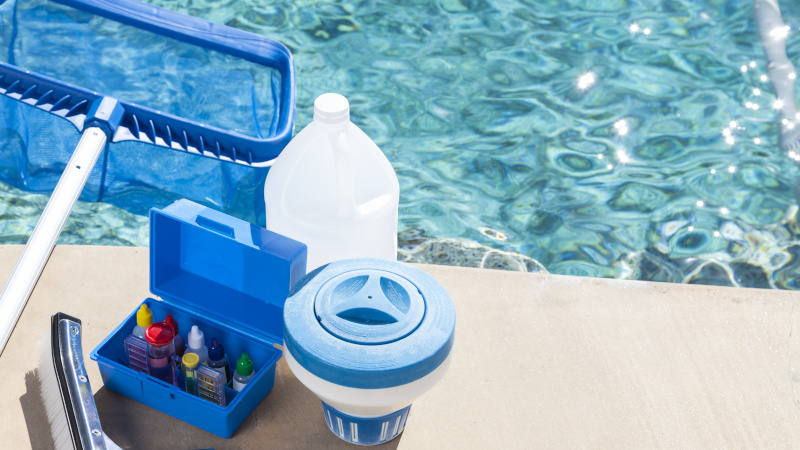Transporting vaccines is a difficult logistical challenge, as vaccines contain delicate proteins that must be stored at very low temperatures to prevent them from getting damaged. When these molecular structures get too warm, they fall apart, which renders the vaccines ineffective. Because of this, all containers used to transport vaccines must be equipped with vaccine monitoring sensors. In this article, we’ll provide some essential information you need to know about vaccine monitoring in order to make sure your shipments arrive in good condition.
- Vaccine Monitoring Sensors – As we mentioned above, vaccine monitoring involves using temperature sensors inside each shipping container or truck. These sensors provide precise temperature data (and typically humidity data as well), and most are WiFi connected as well, which allows you to check on the conditions of your shipments from anywhere, at any time. If the temperature starts to get too high, you can then communicate with your transport staff to have them adjust the conditions to bring it back down.
- Vaccine Monitoring Equipment Requires Calibration – Another key thing you need to know about vaccine monitoring is that you need to have your sensors checked and calibrated regularly. The last thing you want is to find out a sensor was faulty after a shipment is well underway and the vaccines are ruined, or that the sensor no longer provides accurate readings. Fortunately, suppliers of vaccine monitoring equipment typically offer calibration services as well, so you can simply reach out to these companies to get the tune-ups you need.

